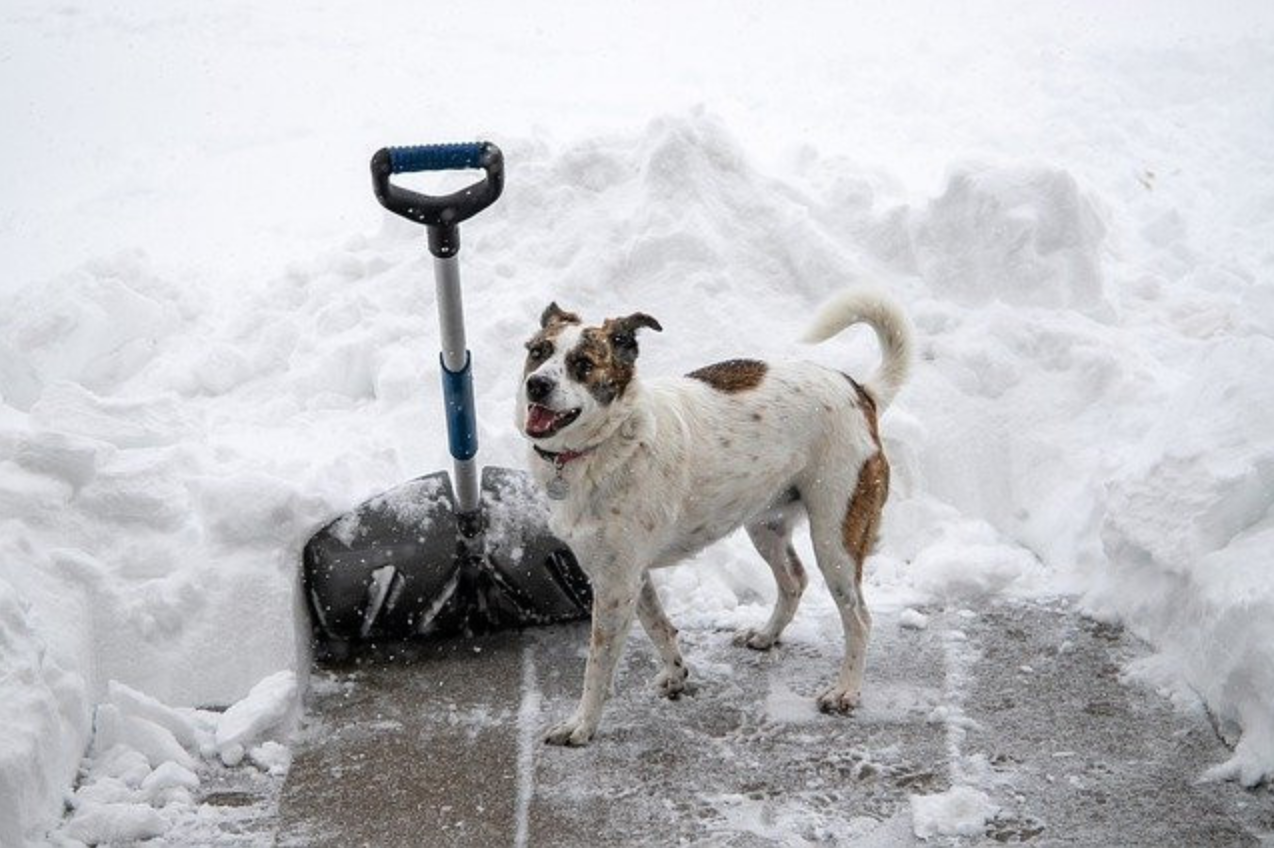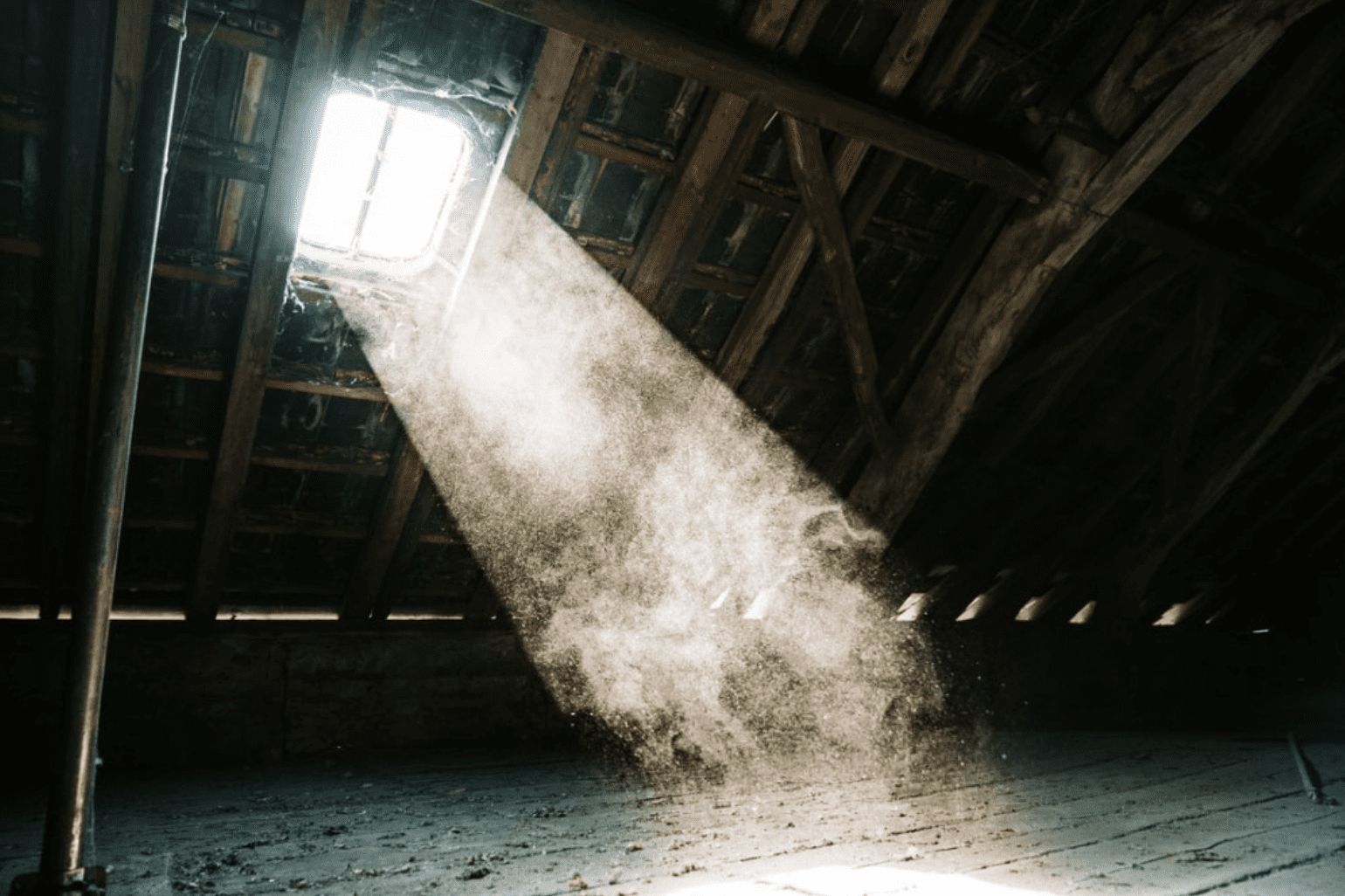For the first time in my life, I woke up to a snowed-in driveway. It was going to be hard to pull the car out of the garage. How, I wondered, do experienced east-coasters handle this situation?
From what I have observed, in my tiny neighborhood, most people do the following: They shovel the snow out of their driveway, they sprinkle salt on the scene, and they continue along with their busy lives. Easy peasy. I have noted the order: first the snow clearing and then the salt application.
Recently, however, I came across an article suggesting that one should salt one’s driveway BEFORE it snows. That sounded a bit strange…. How would that work exactly? Since it’s been snowing a lot here in Lewes (DE) this year, I figured that now was as good a time as any to get to the bottom of the whole driveway deicing subject.
Would you like to know what I found out? Let’s go.
It is actually best to spread some salt or ice melt on your driveway hours before a heavy snowfall. By being proactive, you can minimize the likelihood of ice formation. Even if you miss the pre-snow deicing window, it’s still not too late to apply a deicer. Just be sure to shovel your driveway first. The less snow you have, the less salt/ice melt you will need, and the better your results will be.
Why Salt?

Having lived in Southern California for 30 years, the only time I’ve ever used salt was in my French Fries. If you are like me, a warm-weather-native who’s recently moved to the east coast, you probably know as much about deicing or snow salting as I did. When winter hits, however, the topic becomes rather critical.
First, let’s state the obvious for people new to snow areas, like me.
The primary reason you would apply rock salt or an ice melt product to your driveway during snowy weather is to prevent ice formation and avoid falls.
The weight applied by foot and car traffic over your driveway can turn fluffy snow into slippery and dangerous ice that puts you, your family, and neighbors at risk of falling every winter.
To avoid these risks, people spread salt or “ice melt” on their driveways. As discussed, the best time to do this is the night before a heavy snowfall.
On a side note, you should think twice before you eat yellow snow.
How it Works
Adding salt to your driveway beforehand actually causes new snow to melt before it turns into hard and dangerous ice. Also, once the salt is in place, any subsequent car traffic in your driveway actually speeds up the deicing process, as the car’s weight compresses the snow underneath.
Various “salts” — Which One Should I Use?
So far we’ve covered the “when” in terms of the salt/deicing process, but we have yet to address “what,” as in what product to use. We’ve been talking about both “rock salt” and “ice melt” as deicer options. Let’s go over the differences between the two and weigh the pros and cons.
Both salt and “ice melt” products are useful as deicing agents because they lower the freezing temperature of water. In normal conditions, water freezes at 32°F. However, when you apply a deicing product, it takes a much colder temperature to freeze the same water.
Deciding between salt and ice melt depends on various factors. The most important of these include how cold the temperature gets in your area, whether you have pets, and how concerned you are about your plants, lawn, and the environment.
Rock Salt — Pros and Cons
Rock Salt, also known as Halite, is a form of sodium chloride that has long been the most popular deicer. If you are not familiar with rock salt, you can think of it as unpurified table salt.
Here are some pros and cons of rock salt:
On the plus side, it is typically the cheaper option, and it is widely available.
On the minus side, rock salt is a pretty slow and ineffective ice melter at very low temperatures. When temperatures drop down to 10°F, rock salt is practically useless as a deicer.
Rock salt may damage concrete and other surfaces. It could also cause gastrointestinal issues if ingested by either pets or humans. It can also burn pets’ paws and damage plants.
Ice Melt — Pros and Cons
Ice melt, like rock salt, tends to make it harder for water to freeze. There are several different brands available in stores, some with fancy names and others with fancy price tags.
Despite the variety, most ice melts are generally made from the same ingredients, namely sodium chloride, calcium chloride, or magnesium chloride, all of which are types of salts.
On the plus side, calcium chloride can melt the snow even in temperatures less than -25°F, while magnesium chloride will do the same at temperatures less than -10°F.
So, if you live in an area with very cold winters, you will probably be better off with a good quality ice melt rather than rock salt. As mentioned, rock salt will cease being effective when temperatures get below 15°F.
Another plus for ice melts: they typically do less damage to concrete surfaces and are more environmentally friendly than rock salts. It is nonetheless true that all chlorides will cause some damage to the environment, regardless of the type. This is why we need to take manufacturer claims that their ice melt is “environmentally friendly,” with a ‘grain of salt.’ (As it were.)
Finally, keep in mind that the effectiveness of any individual ice melt product and its environmental impact will depend to some extent on the individual brand you buy, as the brands do vary.
Cost
Many online sources show that rock salt is cheaper than ice melts. The typical price ranges I have seen for a 50lb bag is:
- Rock salt: $8 to $15
- Ice melt: $13 to $25
That said prices also can vary a lot depending on the brand you buy.
For example, I did a quick search on Amazon.com for 50lb bags of rock salt and ice melt and got the following price ranges:
- Rock salt: $28 to $63
- Ice melt: $24 to $50
Meanwhile, both Lowes and Home Depot sell 50-lb rock salt bags for $8.97. Home Depot sells 50-lb bags of calcium chloride ice melting pellets for $19.97.
As with all things, you really need to spend time looking around and comparing to find the best price for the best product.
Conclusion: Which is best – rock salt or ice melt?
In terms of cost, you should be able to find rock salt at a cheaper price than the average ice melt. You may be better off with your local Home Depot, Lowes, or similar store than with Amazon.com to get the lowest price.
If temperatures are above 15°F, rock salt should do the job. For temperatures below 15°F, you should use a good quality ice melt to be effective.
==>By the way, you need to be careful with black ice in very cold areas.
To make the salts less abrasive, you can mix them with sand, which should have a lower environmental impact and lessen the damage to concrete and other surfaces.
Regardless of which option you use, salt or ice melt, if you have pets, you should rinse your dog’s or cat’s paws after walks if they’ve been exposed. All deicer residue can potentially irritate our pets’ paws and cause digestive problems if they then lick their paws.
===>Some people have found that using leftover firewood ash from your fireplace is an easy and cheap solution to get traction for footing on the ice.
Mistakes to Avoid While Deicing
While pretreating ice can yield clear benefits for you and your family, you should avoid certain mistakes to get the best overall results. These are some of the things you should avoid while deicing.
Not Following Instructions
Before you start to salt your driveway, make sure to read the deicing product’s instructions thoroughly. Every deicer comes with its unique set of instructions to follow. Take, for example, calcium or magnesium chloride products. It is essential to protect your hands before applying since these products contain harmful chemicals that can damage your skin.
Going Overboard with Salt
Because of the environmental impact, we also need to be cautious with the amount of salt we use. A little bit of well-spread salt goes a long way. Adding too much salt will not actually melt more snow.
In this vein, using shovels and scoops are known to spread more salt than necessary. To avoid using excessive salt, try using a handheld fertilizer for small places or a walk-behind spreader to cover large driveway areas.
Not Cleaning Up the Salt After the Storm
Every time you encounter a storm, remember that the salt sitting in your driveway can get into nearby rivers, wetlands, or creeks and damage aquatic life. Hence, it is a good idea to clean up the salt in your driveway after every storm. Even little things like this go a long way in sparing our environment. You can either reuse this salt or dispose of it properly to make sure it doesn’t affect the nature around your house.
Related Posts:



